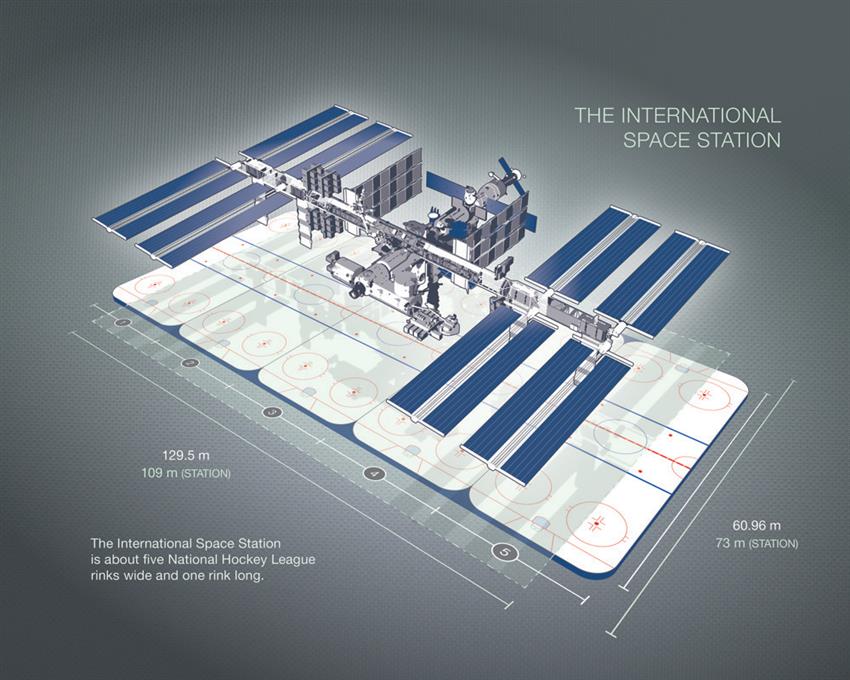About the International Space Station
The International Space Station (ISS) is a research laboratory that orbits the Earth. Canada is one of the Station's partners, along with the United States, Russia, Europe and Japan.
Canada's contribution to the ISS consists of cutting-edge robots Canadarm2 and Dextre, and the Mobile Base System, a transport and storage platform.
Providing these robots has given Canada access to the orbiting laboratory to:
- perform science experiments
- test new technology
- send astronauts to the Space Station
To date, over 24 Canadian studies have been conducted aboard the ISS, some of which are still underway. These experiments are designed to:
- study the effects of space travel on astronauts' bodies before they undertake longer journeys further into our solar system
- benefit Canadians and all of humanity
Seven Canadian Space Agency (CSA) astronauts have completed nine missions aboard the ISS.
- The first module of the ISS was launched on .
- It takes 15 minutes for the Station to cross Canada.
- Every day, the ISS circles the Earth 16 times, a distance roughly equal to a round trip to the Moon!

Text version of infographic Did You Know? The International Space Station
Quick facts on the ISS. (Credit: CSA)
Modules and dimensions
The ISS has many pressurized modules (PDF, 8 MB), or habitable sections filled with breathable air. Its living space is about the size of a five-bedroom home.
The Station is:
- about as wide as five hockey rinks
- a bit longer than one hockey rink

Text version of infographic How big is the ISS
The ISS is about five National Hockey League rinks wide and one rink long (Credit: CSA)

